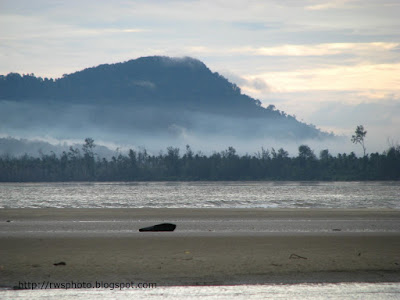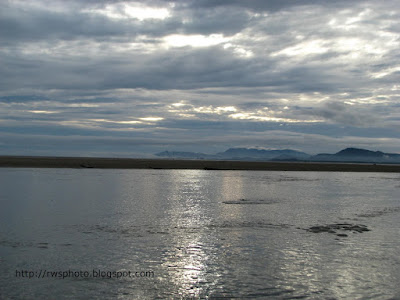Tropical White-breasted Waterhen
Photo of a tropical Waterhen with a bounty making a dash to the bushes.
 About White-breasted Waterhen
The White-breasted Waterhen (Amaurornis phoenicurus) is a waterbird of the rail and crake family Rallidae that is widely distributed across South and Southeast Asia. They are dark slaty birds with a clean white face, breast and belly. They are somewhat bolder than most other rails and are often seen stepping slowly with their tail cocked upright in open marshes or even drains near busy roads. They are largely crepuscular in activity and during the breeding season after the first rains make loud and persistent croaky calls.
In Sri Lanka, this bird is known as Korawakka in Sinhala Language. In Sarawak Borneo, this Waterhen is known as Manuk Keruak in Bidayuh Language.
About White-breasted Waterhen
The White-breasted Waterhen (Amaurornis phoenicurus) is a waterbird of the rail and crake family Rallidae that is widely distributed across South and Southeast Asia. They are dark slaty birds with a clean white face, breast and belly. They are somewhat bolder than most other rails and are often seen stepping slowly with their tail cocked upright in open marshes or even drains near busy roads. They are largely crepuscular in activity and during the breeding season after the first rains make loud and persistent croaky calls.
In Sri Lanka, this bird is known as Korawakka in Sinhala Language. In Sarawak Borneo, this Waterhen is known as Manuk Keruak in Bidayuh Language.



















